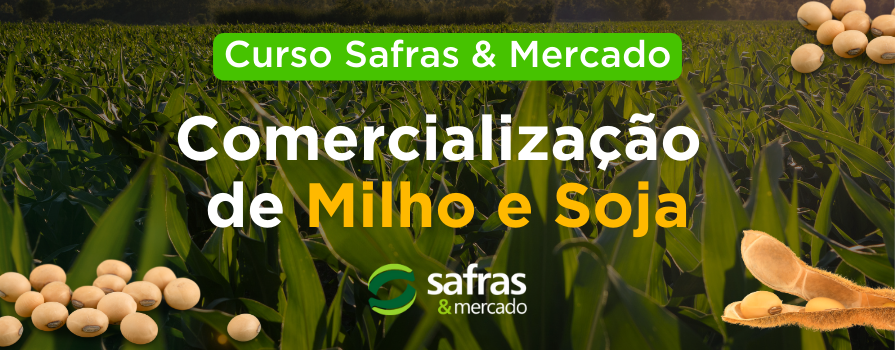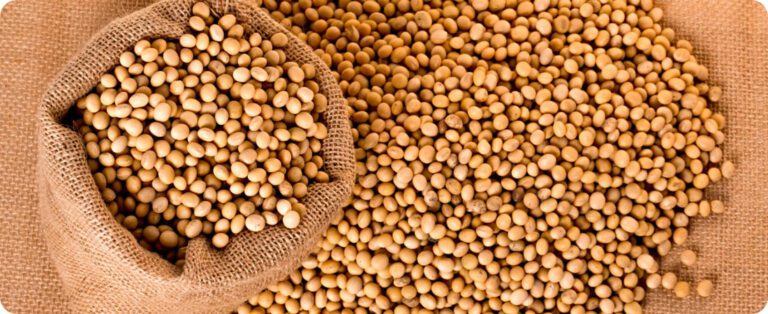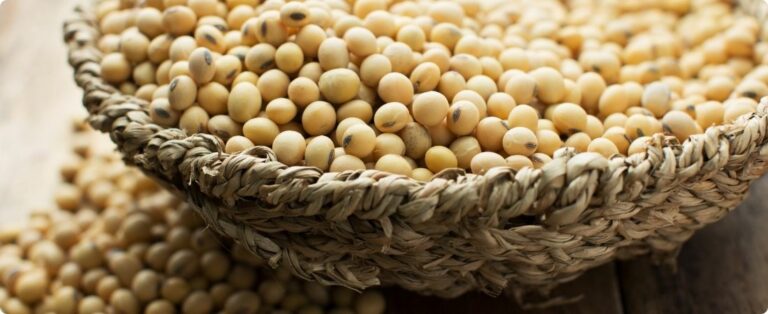
The national production of olive oil in Brazil is still limited, so the country depends on the European market to meet domestic consumption. Consequently, this dependence leaves Brazil vulnerable to fluctuations in global olive oil production, especially in times of adverse weather conditions in the world's main producing regions. In addition, in recent years, severe weather events have affected global supply, resulting in historic records in olive oil prices.
On the other hand, with the start of the new harvest in October, the market is expected to see relief. The forecast is for robust volumes in the main producing countries, which could significantly reduce prices for Brazilian consumers in 2025. “The estimate is for a minimum drop of 20% in prices at the beginning of next year, with possibilities of further reductions throughout the year, depending on global demand and exchange rate variations,” comments Leonardo Scandola, commercial director of Filippo Berio in Latin America.
Impacts on the Brazilian market
In 2024, olive oil recorded its highest price increase in Brazil since 2012, according to data from IBGE. The increase reached 50% compared to the previous year. Although the pace of increase has slowed in recent months, prices remain high.
The recovery in global production could bring relief to Brazilian household budgets. “After two years of sharp declines in production, which caused price increases of approximately 50%, the expectation is now for market balance, allowing more consumers to once again include olive oil in their diet,” says Scandola.
According to him, global production in the 2024-2025 harvest is expected to reach 3.1 million tons, an increase of 23% compared to the previous cycle. This growth will be led by abundant harvests in Spain, Tunisia, Turkey and Greece, countries that should help balance supply and meet pent-up demand. “We are finally returning to traditional production patterns, which responds to the growing global demand for olive oil,” he adds.
Consumption and behavior of Brazilians
According to NielsenIQ’s (NIQ) Mid-Year Consumer Outlook: Guide to 2025 report, Brazilian consumers are prioritizing intentional purchases focused on essential items that promote well-being and health. In a scenario of greater caution with spending, the reduction in olive oil prices could encourage its return to daily diets, reinforcing its value as an affordable and nutritionally beneficial product.
Persistent challenges in Italy
Although the global outlook is positive, olive oil production in Italy is facing significant challenges. Due to severe drought and high temperatures in southern olive oil producing regions such as Puglia and Sicily, Italian production could fall by up to 32% compared to last year. This could lead to the country falling from second to fifth place in the world ranking of olive oil producers. “If these forecasts are confirmed, Italy will lose ground in the global market, but the quality of Italian olive oil will continue to be a differentiator,” comments Scandola.
Despite the adversities, the dedication of more than 400,000 Italian agricultural companies keeps the country's olive oil as a product of excellence.
Necessary adaptations for the olive oil sector
The impact of climate change reinforces the urgency of adaptation in the olive oil sector. “We need agricultural models that minimize unexpected climate effects and protect the sector,” says Scandola. He highlights the need to invest in more drought-resistant olive tree varieties and in water monitoring technologies to address water deficits in crops.
With the global recovery of olive oil production, Brazil can expect more affordable prices in 2025, benefiting consumers and the market as a whole. However, climate challenges continue to demand innovation and adaptation in the sector, ensuring a sustainable future for one of the world’s most valuable foods.
Source: Filippo Berio | Notícias Agrícolas















